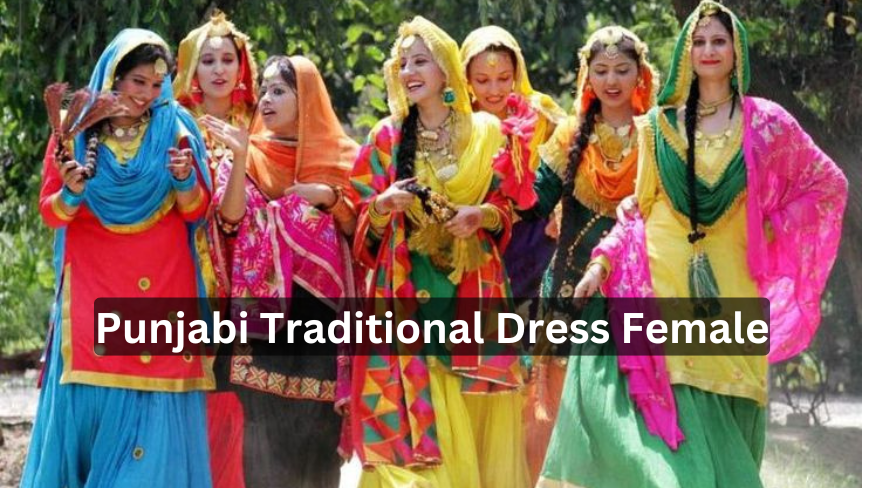The choices of traditional costume of the Nagaland people are rich and colorful, which depict the culture of the State. Out of the 16 recognized tribes in the state of Nagaland, each owns its traditional attire making the state’s fashion diverse. We thoroughly explore Nagaland traditional dress for male and female.
Traditional Attire for Men
- Alungstu: This is a Nagaland traditional dress for male, especially among the Ao Nagas. It is a sleeved robe –black or blue cotton –waist coat popularly accompanied with bead and embroidery works. The Alungstu is also considered as symbol of prosperity and is put on wear during festive seasons and ceremonies.
- Kilt: The Kilt is also another traditional wears for men mostly from the Lotha tribe. It is a day-length touching the knee skirt made from black cloth with designs made with cowrie shells. Position or achievement in society is indicated the number or location of the shells or any other attractiveness.
- Shawl: It must be noted that shawls are Nagaland traditional dress for male and also integral accessory in Naga traditional men’s wear. They are available in all forms of colours, patterns and designs current in the market with each tribe adopting certain style. These scarfs are used on festive occasions, ceremonial occasions and as ethnic ornaments.
Traditional Attire for Women
- Mekhela: The Mekhela is a traditional wash-and-wear periphery for Naga women, which is a colourful long skirt. It can, however, be worn with a blouse and a shawl. Particularly, the Mekhela comes in different styles, colors, and even Naga tribes’ motifs.
- Neikhro: The Neikhro is another dress worn by Naga women which is a loin garment which resembles the petticoat. It is of colourful cloth and is normally used with a blouse and a shawl. The Neikhro is best used during festivals and other occasions.
- Shawl: Even the Naga women had the Shawls as a part of their traditional wear attire. Available in different colours, prints and cuttings, they depict the cultural background of the wearers’ tribe. The shawls are used occasions such as festive occasions, ceremonious occasions and as a sign of elegance.
More aspects of the Naga folklore costume
- Headgear: Another accessory is headdress or head accessories and they were common among men, not women in traditional Naga costume. It is available in form of turbans, featered head dresses, and conventional caps. The kind of headdress worn indicates the owner’s tribe, their class, and their accomplishments.
- Jewelry: The original Naga accessories are crafted from different types of materials like metal, gems, beads and various forms of stones especially silver or gold. But it is as complicated and as breathtakingly diverse as a tapestry, clearly underlining the fact that the Naga people are great artists. Naga people also wear ornaments and the jewelries are worn by both genders and are emphasised in customary wears.
Conclusion
Traditional costume of Nagaland is an equally lovely picture of the culture of this remarkable tribe of people. The Nagas still consider it as pride and identity and is still closely associated with their culture.




